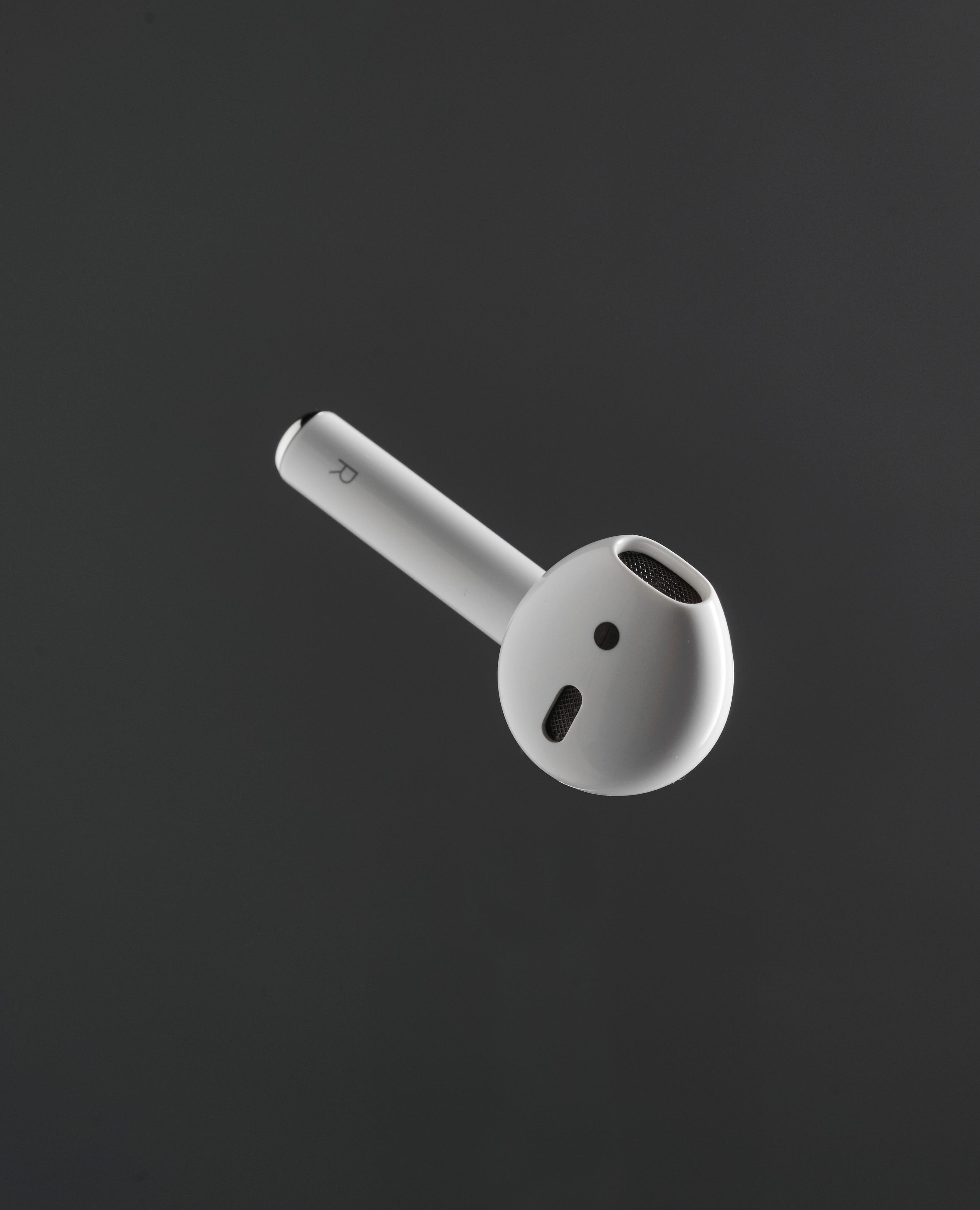Are AirPods and Other Bluetooth Headphones Safe?

Photo: Neil Godwin/T3/Getty
Every week, the Nuance will go beyond the basics, offering a deep and researched look at the latest science and expert insights on a buzzed-about health topic.
Apple made waves in 2016 when it announced the newest iPhones wouldn’t have headphone ports. Most of Apple’s competitors — including Google and Samsung — have since followed suit. It’s still possible to connect wired headphones to these devices with an adapter, but ditching the headphone jack is viewed by many as an acknowledgment that Bluetooth won the battle for our ears.
You might assume, based on these industry moves, that the safety of Bluetooth was established long ago. That assumption is incorrect. Some experts who study wireless technologies have concerns about their health effects.
“My concern for AirPods is that their placement in the ear canal exposes tissues in the head to relatively high levels of radio-frequency radiation,” says Jerry Phillips, a professor of biochemistry at the University of Colorado at Colorado Springs. He mentions tumors and other conditions associated with abnormal cell functioning as some of the potential risks. These risks are not restricted to AirPods. Existing evidence “indicates potential concerns for human health and development from all technologies that operate at radio frequencies,” he says.
In the past, Apple spokespeople have responded to concerns about the AirPods with assurances that they comply with current safety guidelines.
Phillips is not alone. Roughly 250 researchers from more than 40 countries have signed a petition to the United Nations and the World Health Organization expressing “serious concern” about the non-ionizing electromagnetic field (EMF), which is the kind of radiation emitted by wireless devices, including Bluetooth technologies.
“My concern for AirPods is that their placement in the ear canal exposes tissues in the head to relatively high levels of radiofrequency radiation.”
“Numerous recent scientific publications have shown that EMF affects living organisms at levels well below most international and national guidelines,” the petition says. It mentions cancer, neurological disorders, and DNA damage as some of the possible harms that research has tied to EMF. It also points to findings from the International Agency for Research on Cancer, which has determined that EMF is “possibly carcinogenic” to humans.
Along with Phillips, one of the petition’s U.S. signatories is Joel Moskowitz, the director of the Center for Family and Community Health at the University of California at Berkeley. Moskowitz says there’s very little research on Bluetooth specifically but that the broader research on EMF suggests the kinds of radiation these headphones and earbuds emit could produce negative health effects.
He mentions some of the health concerns raised in the petition — including neurological disorders and DNA damage — and says we should all be using more caution with these devices until more research is conducted. “We’re basically flying blind,” he says.
Other experts disagree and say that when all the research on EMF is pooled and analyzed, the data clearly indicate an absence of harm.
“There are many thousands of papers of varying quality and relevance to health that point in all sorts of directions,” says Kenneth Foster, a professor of bioengineering at the University of Pennsylvania who has studied the effects of wireless radiation on human health. While you could cherry pick data that paint Bluetooth and other wireless technologies in a scary light, “these arguments have no credibility,” he says.
Foster points out that the WHO and other public health organizations have analyzed the literature on Bluetooth and wireless tech and haven’t found “any clear evidence for health hazards at exposure levels below international limits.”
Other experts disagree and say that when all the research on EMF is pooled and analyzed, the data clearly indicate an absence of harm.
But some researchers question the conventional wisdom that heavier amounts of EMF are inherently more risky. In a 2018 review titled “Wi-Fi is an important threat to human health,” Martin Pall, a professor emeritus of biochemistry at Washington State University, makes the case that a device’s potential health impacts are not dependent solely on the strength or intensity of its EMF signals.
One big problem, he says, has to do with electromagnetic “pulses,” which are quick bursts of electromagnetic energy that help wireless devices communicate. “We have repeated studies that clearly show that pulsed EMFs are, in most cases, much more biologically active than are non-pulsed EMFs of the same average intensity,” he says. “All wireless communication devices communicate, at least in part, via pulsation, and the smarter they are, the more they pulse.”
He says most health authorities mostly ignore these factors. “The so-called safety guidelines do not predict biological effects,” he says.
Phillips reiterates this point. The current wireless exposure standards are “patently out of touch” with the research, he adds. “We still don’t have a handle on what constitutes dose or what parameters of exposure are important,” he says. “More research certainly is needed.”
Moskowitz thinks using wired hands-free earphones is a simple, effective way for people to lower their exposures to cellphone-emitted EMFs. “The fact that people are dependent on these devices and love them complicates things incredibly because they’ll reject any information on exposures putting them at risk,” he says. “The irony is that we don’t really need them.”




No comments: